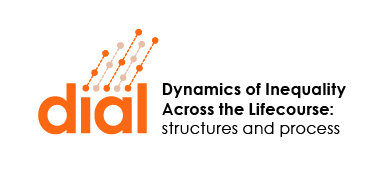In the 1960s, educational reforms have been initiated in Germany to make the rigid stratified school system more permeable. While maintaining between-school tracking in secondary education, several second-chance options have been introduced that established alternative routes to higher education. This study aims to evaluate whether these alternative routes were successful in reducing the levels of social inequality in both higher education eligibility and higher education attainment. We draw on life-course data from the German National Educational Panel Study and conduct simulation analyses. We conclude that it is very unlikely that the reforms had any substantive influence on the level of inequality in both outcome variables.
